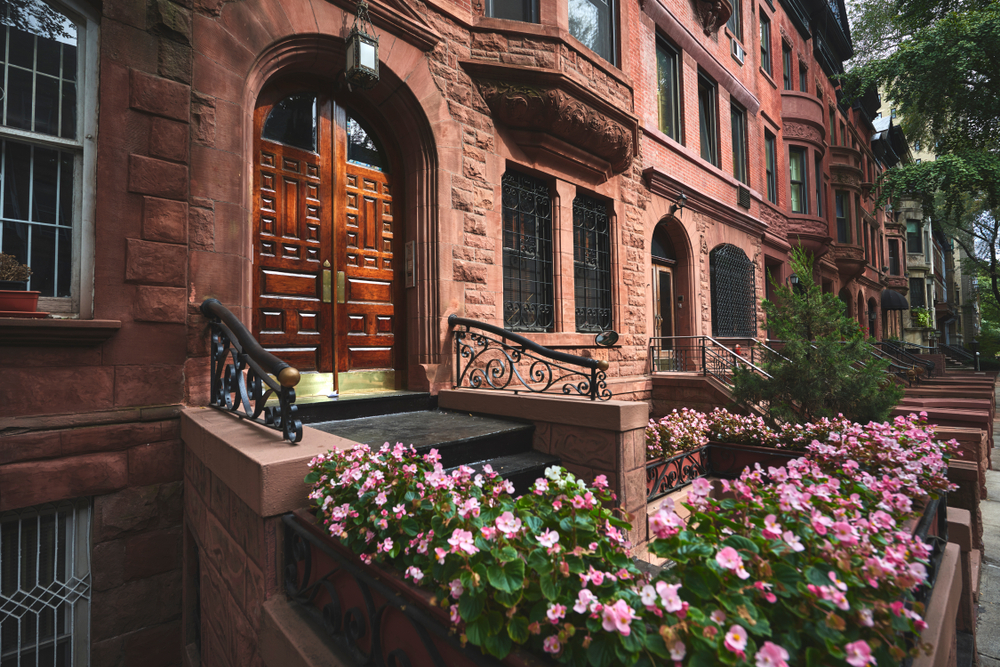The United States is one of the largest and most dynamic real estate markets globally, offering significant opportunities for both investment and long-term capital appreciation. Whether you are seeking a second home, an investment property, or commercial space, the US market remains an attractive destination for non-US residents. However, securing financing for non-US residents can be complex, and understanding the various financing options available is key to making informed decisions.
Traditional Mortgage Options for Non-US Residents
Traditional mortgages can be a viable option for non-US residents looking to purchase property in the United States. While these mortgages tend to offer competitive rates, they are typically more conservative in their lending criteria compared to private banks. US lenders may have concerns about the creditworthiness of foreign nationals and the perceived risk associated with lending to non-residents.
The typical loan-to-value (LTV) ratio for non-resident borrowers ranges from 50%-70%, depending on the property’s location, value, and the borrower’s financial profile. Interest rates are often based on the Secured Overnight Financing Rate (SOFR), with an additional margin of 2-3% applied based on factors like LTV and property type. It's important to note that the SOFR plus rate can fluctuate based on market conditions, meaning each application is assessed individually.
For new build developments, lenders often require that at least 70% of the development is sold before financing is approved. This is designed to minimise risk for lenders, especially in developments that have not yet proven market demand.
Documentation for a Traditional Mortgage
To apply for a traditional mortgage as a non-US resident, you will need to provide several documents, including:
Get in the Know
Subscribe to our newsletter
-
An accountant’s letter outlining liabilities, income, assets, and expenses
-
Bank statements to validate declared amounts
-
Proof of identification and residence
-
International credit report or references from banks
This entire process typically takes 2-3 months, and it is important to be aware that additional costs, such as valuation fees, closing costs, and arrangement fees, may apply. Non-resident buyers are often advised to work with a mortgage broker and legal professionals who are familiar with US real estate markets to ensure a smooth and efficient process.
Private Bank Options for Non-US Residents
For those looking to purchase high-value properties, private bank mortgages can offer a more flexible and personalised option. Although the application process for private bank mortgages is similar to traditional mortgages, these banks may expedite the process for high-net-worth individuals (HNWIs). Additionally, private banks typically offer more attractive terms and higher LTV ratios, often up to 80%.
Interest rates for private bank mortgages are usually higher, around 5.5%, and non-resident borrowers are required to have an assets under management (AUM) relationship with the bank. To qualify for these terms, the borrower must have at least $2 million in assets with the bank. This allows private banks to base their lending decisions not only on credit history but on a comprehensive assessment of the borrower’s overall financial profile.
Private bank mortgages are often ideal for HNWIs who require a more tailored loan structure and faster processing times.
Bridging Finance for Non-US Residents
For non-residents purchasing commercial real estate or multifamily properties, bridging finance (also known as bridge finance) can be an excellent option. These short-term loans are used to bridge the gap between the property purchase and its long-term financing or sale. The LTV ratio for commercial properties is typically between 60-70%, depending on the type of property and its location.
Bridging loans typically start at $3 million, with interest rates ranging from 7.5% to 12%, depending on the loan terms, property type, and market conditions. These loans generally have a term of up to 3 years, and borrowers may be required to provide a personal guarantee, particularly for larger loans.
To minimise risk, lenders often require that the commercial property be held within a holding company (such as an LLC). This structure provides legal and financial protection, making it more appealing for lenders working with non-resident borrowers.
Next Steps: Financing Your US Property
The US real estate market offers a variety of financing solutions for non-residents, including traditional mortgages, private bank loans, and bridging finance for commercial properties. At Enness, we specialise in helping non-residents navigate these financing options and secure the most suitable solution for their needs.
Whether you’re looking to invest in a second home, a commercial property, or residential real estate, our team of experts is here to provide personalised guidance and help you through the complex US mortgage process. Contact Enness today to see how we can assist you in financing your US property purchase.
The views and opinions expressed in this piece are those of the author and do not constitute advice or a recommendation. They do not necessarily reflect the official policy or position of Enness and are not intended to indicate any market or industry viewpoints, or those of other industry professionals





